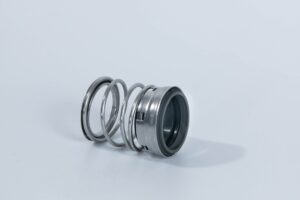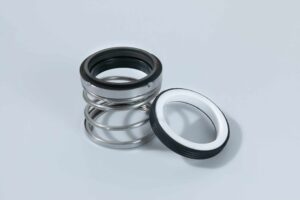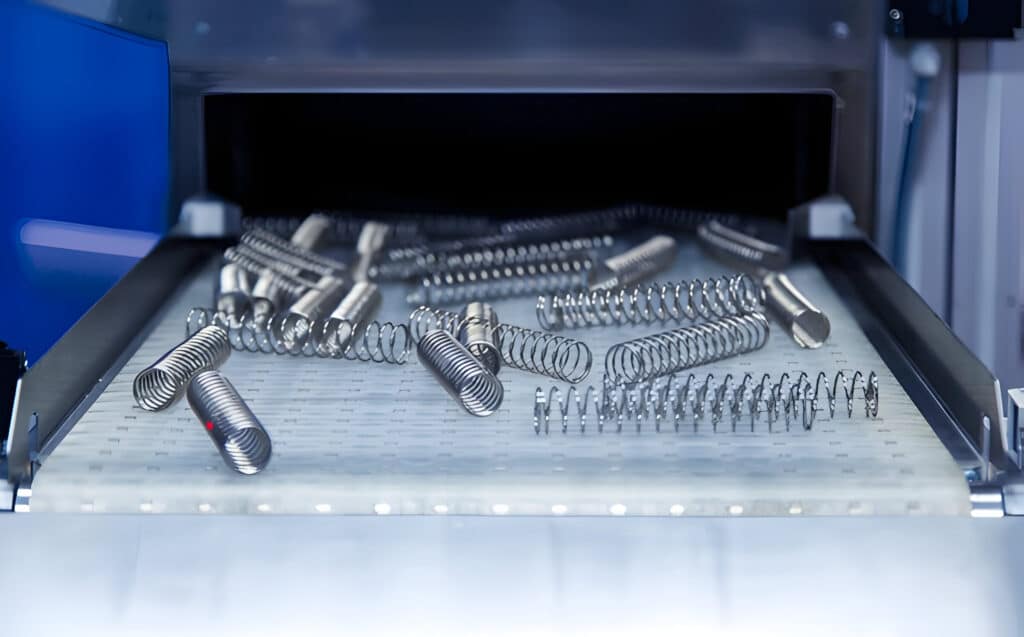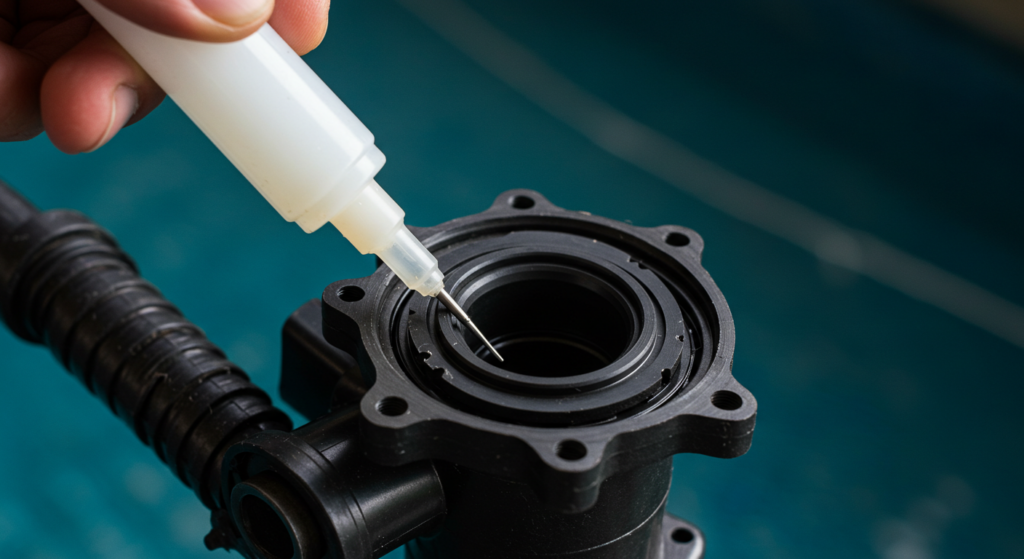The machinery industry faces constant challenges in maintaining optimal system performance and safety. One critical component at the heart of many industrial processes is the reactor coolant pump. These complex devices play a vital role in ensuring the smooth operation and stability of various reactor systems, from nuclear power plants to chemical processing facilities.
In this comprehensive guide, we will dive deep into the world of reactor coolant pumps, exploring their functions, design principles, and operational considerations. We will examine the different types of reactor coolant pumps used in various industries and break down the key components that make these pumps so essential.
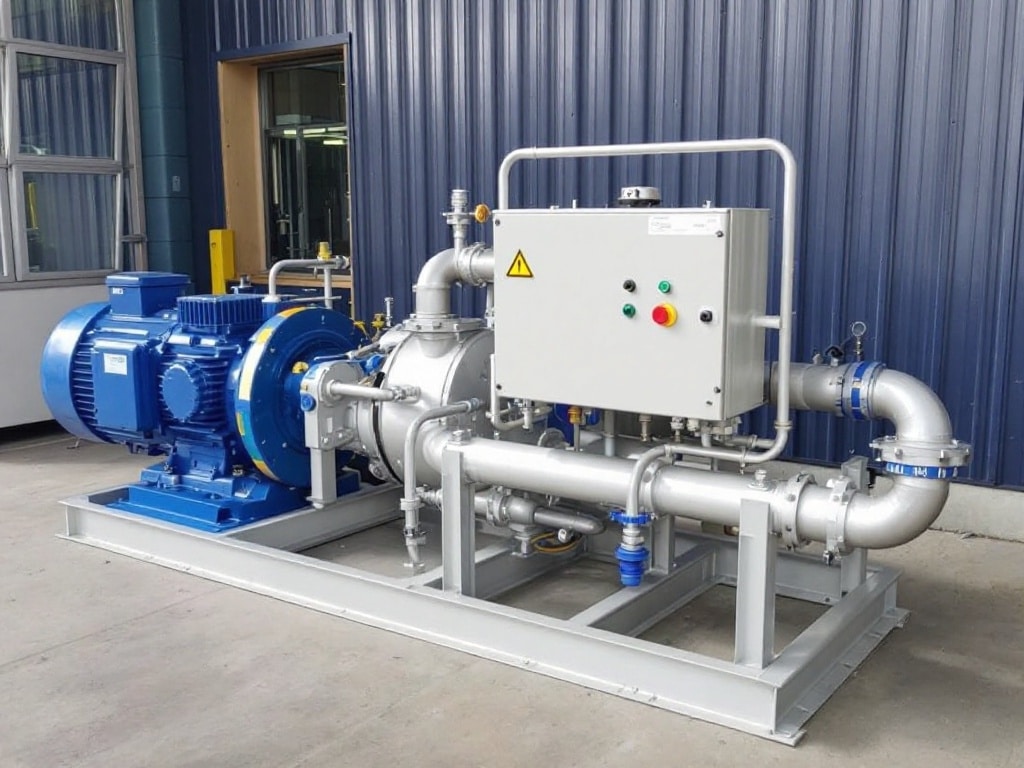
What Is a Reactor Coolant Pump
A reactor coolant pump (RCP) is a vital component in nuclear power plants, responsible for circulating the primary coolant through the reactor core, steam generators, and other components of the reactor coolant system. RCPs ensure efficient heat transfer from the reactor core to the steam generators, maintaining safe operating temperatures and pressures within the system.
The primary coolant, typically water or a water-based solution, absorbs heat generated by nuclear fission reactions in the reactor core. RCPs continuously circulate this heated coolant, allowing it to transfer its thermal energy to the secondary coolant in the steam generators. The steam produced in the generators then drives turbines connected to electrical generators, producing electricity.
How Reactor Coolant Pumps Work
Reactor coolant pumps operate on the principle of centrifugal force. An electric motor drives the pump’s impeller, which spins at high speeds within the pump casing. As the impeller rotates, it draws the primary coolant from the reactor vessel and accelerates it radially outward.
The high-velocity coolant is then collected in the pump’s diffuser section, where its kinetic energy is converted into pressure energy. This high-pressure coolant is discharged from the pump and forced through the reactor core, steam generators, and other components of the reactor coolant system.
Primary Functions of Reactor Coolant Pumps
- Circulating primary coolant: RCPs continuously circulate the primary coolant through the reactor coolant system, enabling efficient heat removal from the reactor core.
- Maintaining safe operating temperatures: By facilitating heat transfer from the reactor core to the steam generators, RCPs help maintain the core temperature within safe limits.
- Ensuring proper heat transfer: RCPs provide the necessary flow rate and pressure head to ensure efficient heat exchange between the primary and secondary coolant circuits.
- Supporting reactor pressure control: The operation of RCPs contributes to maintaining the desired pressure within the reactor coolant system.
Components of Reactor Coolant Pumps
- Electric Motor: The motor provides the mechanical power to drive the pump impeller. It is typically a large, high-voltage induction motor designed for continuous operation.
- Impeller: The impeller is the rotating component that imparts kinetic energy to the coolant. It is carefully designed to optimize flow characteristics and minimize cavitation.
- Diffuser: The diffuser is a stationary component that surrounds the impeller and converts the high-velocity coolant flow into high-pressure flow.
- Shaft and Bearings: The shaft connects the impeller to the motor and is supported by bearings to ensure smooth rotation and minimize vibration.
- Seals: Mechanical seals prevent coolant leakage along the pump shaft while allowing rotation. They are critical components that must withstand high pressures, temperatures, and radiation levels.
- Flywheel: In some designs, a flywheel is attached to the pump shaft to provide rotational inertia and smooth out power fluctuations.
- Casing: The casing is the outer shell of the pump that contains the coolant and withstands the system pressure. It also provides support for the internal components and connects the pump to the reactor coolant piping.
Types of Reactor Coolant Pumps
Pressurized Water Reactors (PWR)
In PWRs, the reactor coolant is maintained at high pressure to prevent boiling within the reactor core. PWR reactor coolant pumps are typically single-stage, centrifugal pumps driven by large electric motors. These pumps are designed to handle high flow rates and pressure heads, ensuring efficient circulation of the primary coolant.
Boiling Water Reactors (BWR)
BWRs operate at lower pressures compared to PWRs, allowing the coolant to boil within the reactor core. Consequently, BWR reactor coolant pumps have lower pressure head requirements but must handle two-phase flow (water and steam). These pumps are usually smaller in size and have lower power consumption compared to PWR pumps.
Heavy Water Reactors
Heavy water reactors use deuterium oxide (D2O) as the primary coolant and moderator. The reactor coolant pumps in these systems are designed to handle the unique properties of heavy water, such as its higher density and viscosity compared to light water. These pumps may have special materials and seals to ensure compatibility with the heavy water environment.
Liquid Metal Reactors
In liquid metal reactors, the primary coolant is typically a liquid metal such as sodium or lead-bismuth eutectic. Reactor coolant pumps for these systems are designed to operate at high temperatures and handle the specific properties of liquid metals. They often employ electromagnetic pumps or mechanical pumps with special materials and seals to withstand the harsh operating conditions.


